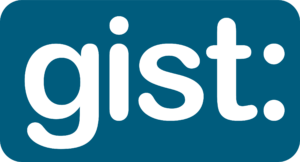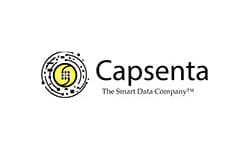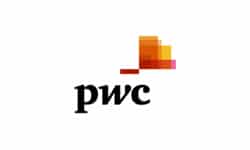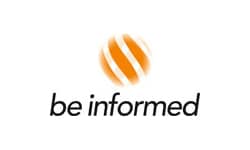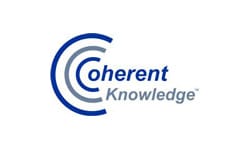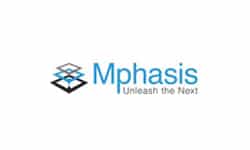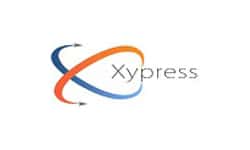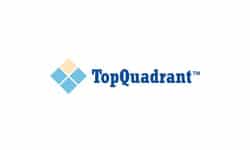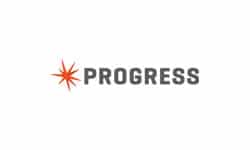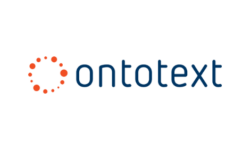Semantic Arts exists to shepherd organizations on their Data-Centric journey.
Our core capabilities include:
• Semantic Knowledge Graph Development and Implementation
• Legacy Avoidance, Erosion, and Replacement
We can help your organization to fix the tangled mess of information in your enterprise systems while discovering ways to dissolve data silos and reduce integration debt.
What is Data-Centric?

Data-Centric is about reversing the priority of data and applications.
Right now, applications rule. Applications own “their” data (it’s really your data, but good luck with that). When you have 1,000 applications (which most large firms do) you have 1,000 incompatible data silos. This serves to further the entrenchment of legacy systems, with no real motivation for change.
Data-Centric says data and their models come first. Applications conform to the data, not the other way around. Almost everyone is surprised at the fundamental simplicity, once it’s been articulated.
It sounds simple, but fifty years of “application-centricity” is a hard habit to break. We specialize in helping firms make this transition. We recognize that in addition to new technology and design skills, a major part of most projects is helping shepherd the social change that this involves.
If you’re fed up with application-centricity and the IT-fad-of-the-month club, contact us.
Read More: What is Data-Centric?
What about those legacy systems?
The move to a more data-centric architecture requires thoughtful planning. Early phases look more like a surgical process of dealing with legacy applications in a way that realizes quick wins and begins to reduce costs, helping to fund future phases. Usually, it looks something like this:
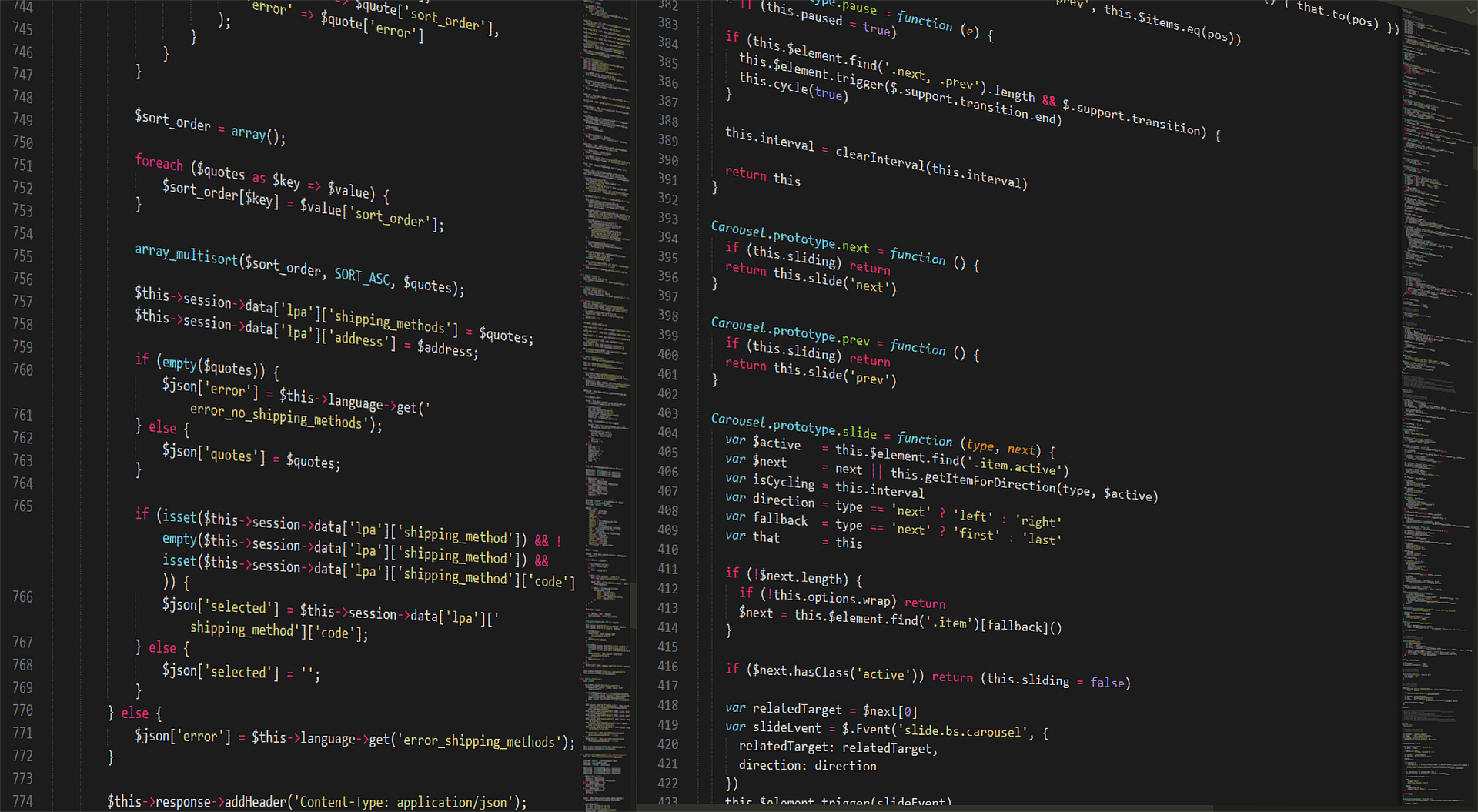
-
Legacy avoidance: The recognition that a firm has slowed down or stopped launching new application systems projects, and instead relies on the data that is in the shared knowledge graph.
-
Legacy erosion: Occurs when firms take use cases that were being performed in a legacy system and instead implement them directly on the graph. Rather than wholesale legacy elimination (which is hard), this approach allows the functionality of the legacy system to be gradually decommissioned.
-
Legacy replacement: Once enough of the data, functionality, and especially integration points have been shifted to the graph, legacy systems can be replaced. Not with “legacy modernization” systems, but with lightweight standalone use cases on the graph.
Read more: Incremental Stealth Legacy Modernization
-
ABOUT US
<p>Learn more about our mission, our history, and our team.</p> -
THOUGHT LEADERSHIP
<p>See how we are leading the way towards a data-centric future, and those who have taken note.</p> -
PROBLEMS WE SOLVE
<p>Discover how we can help you along the journey.</p>
Taking a different path STARTS NOW. Become Data-Centric to simplify and enhance your enterprise information landscape:
5 Business Reasons for Implementing a Knowledge Graph Solution
1. Comprehensive data integration
2. Contextualized knowledge discovery
3. Agile knowledge sharing and collaboration
4. Intelligent search and recommendation
5. Future-proof data strategy
Integrating semantic capabilities into enterprise business processes has been the foundational shift that organizations such as Google, Amazon, and countless others have leveraged. The results are tangible: increased market share and revenue, lower costs, better customer experiences, reduced risks, and the promotion of innovation.
Semantic Arts’ professional services deliver true solutions (not gimmicks) for current and future information management challenges.
FROM OUR BLOG
Ontology Consultant Job Description
Ontology Consultant Job Description As a Semantic Arts ontologist, you will be essential in fixing the tangled mess of information in client enterprise systems and promoting a world where enterprise information is widely understood and easily accessed by all who have permission. Come work with the best in the business on interesting projects with global...Continue reading→
Data-Centric Credentialling
Data-Centric Credentialling In order to ensure that clients can get what they expect when they buy software or services that purport to be “data-centric” we are going to implement a credentialling program. The program will be available at three levels. Implementation Awards These are assessments and awards given to clients for projects or enterprises to...Continue reading→
The Data-Centric Graph Tech Stack
The Data-Centric Graph Tech Stack Virtually all technology projects these days start with a “tech stack.” The tech stack is a primarily a description of the languages, libraries and middleware that will be used to implement a project. Data-Centric projects too, have a stack, but the relative importance of some parts of the stack are...Continue reading→
Amgen: Data Centric Architecture
Amgen: Data Centric Architecture Amgen is a large biotechnology company committed to unlocking the potential of biology for patients suffering from serious illnesses by discovering, developing, manufacturing, and delivering innovative human therapeutics. Amgen, CEO Bob Bradway focuses on innovation to set the cultural direction. According to Bradway: “Push the boundaries of biotechnology and knowledge to...Continue reading→
Telecom Framework Model: Simplified with gist
Telecom Framework Model: Simplified with gist We recently recast large portions of the telecom Frameworkx Information Model into an Enterprise Ontology using patterns and reusable parts of the gist upper ontology. We found that extending gist with the information content of the Frameworx model yields a simple telecom model that is easy to manage, federate,...Continue reading→
Knowledge Graph Modeling: Time Series Micro-Pattern Using gist
Knowledge Graph Modeling: Time Series Micro-Pattern Using gist For any enterprise, being able to model time series is more than just important, in many cases it is critical. There are many examples, but some trivial ones include “Person is employed By Employer” (Employment date-range), “Business has Business Address” (Established Location date-range), “Manager supervises Member Of Staff”...Continue reading→
Extending an Upper-Level Ontology
Extending an Upper-Level Ontology If you have been following my blogs over the past year or so, then you will know I am a big fan of adopting an upper-level ontology to help bootstrap your own bespoke ontology project. Of the available upper-level ontologies I happen to like gist as it embraces a “less is...Continue reading→
A BFO-ready version of gist
A BFO-ready version of gist The Federal Government and Life Sciences Life Sciences companies are moving toward adoption of the Basic Formal Ontology (BFO). We have aligned the Semantic Arts foundational ontology (gist) with BFO to help these communities. This paper describes how and why we did this. Background An upper ontology is a high-level...Continue reading→
Understanding the Graph Center of Excellence
Understanding the Graph Center of Excellence The Knowledge Management community has gotten good at extracting and curating knowledge. There is a confluence of activity – including generative AI models, digital twins and shared ledger capabilities that are having a profound impact on enterprises. Recent research by analysts at Gartner places contextualized information and graph technologies...Continue reading→
Data-Centric: How Big Things Get Done (in IT)
Dave McComb I read “How Big Things Get Done” when it first came out about six months ago.[1] I liked it then. But recently, I read another review of it, and another coin dropped. I’ll let you know what the coin was toward the end of this article, but first I need to give you my...Continue reading→
gist: 12.x
gist: is our minimalist upper ontology. It is designed to have the maximum coverage of typical business ontology concepts with the fewest number of primitives and the least amount of ambiguity. Our gist: ontology is free (as in free speech and free beer–it is covered under the Creative Commons 3.0 attribution share-alike license). You can use as you see fit for any purpose, just give us attribution.

